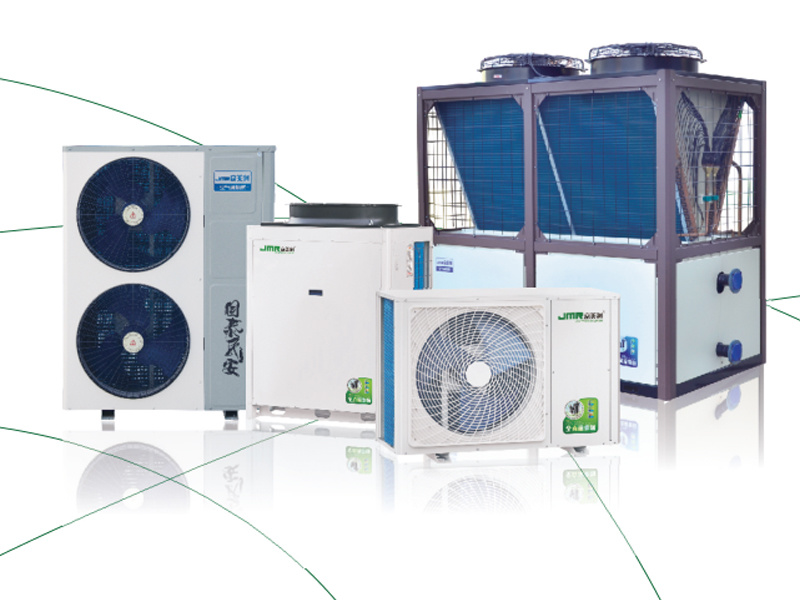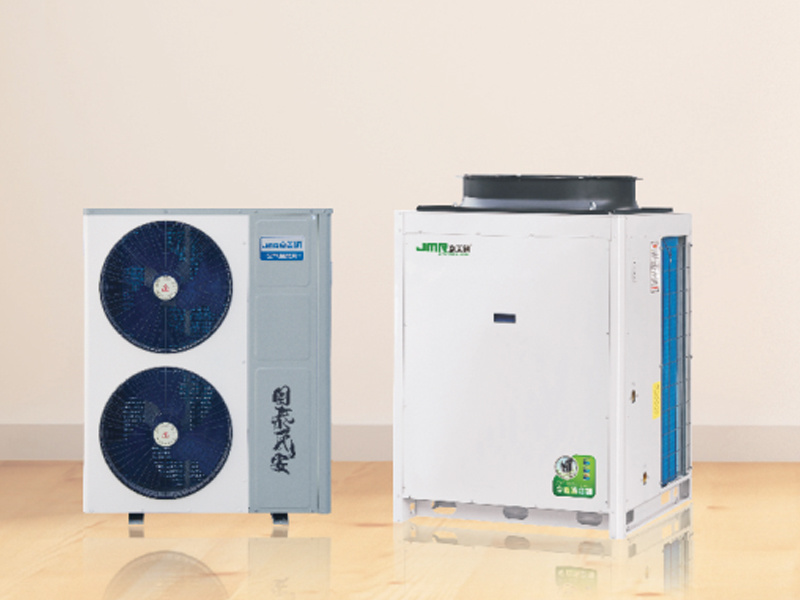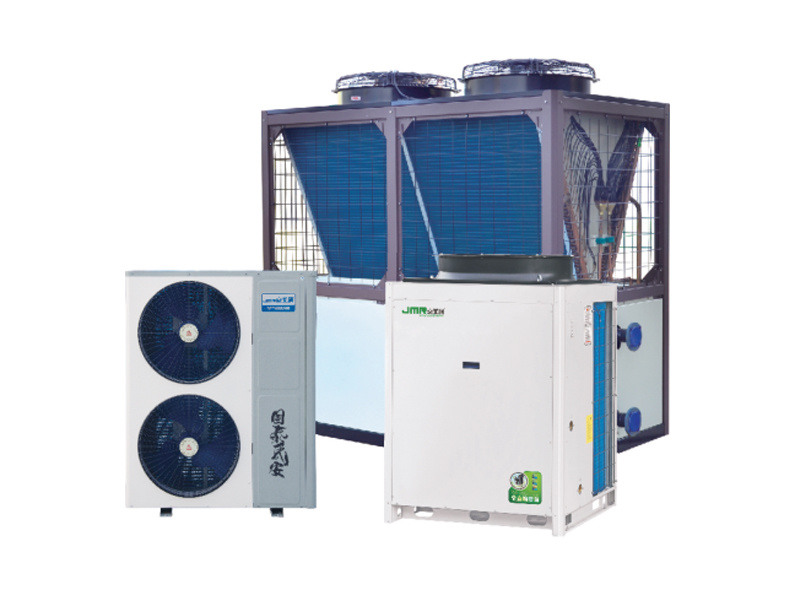Top Tips for Using Air Source Heat Pumps: What You Need to Know
Release Time:
Jun 15,2025
Discover essential tips and considerations for using air source heat pumps effectively and efficiently.
Understanding Air Source Heat Pumps
Hey there, eco-warriors! Ever heard of an air source heat pump? If not, you’re in for a treat! These nifty devices harness the power of the air around us to heat or cool our homes. Sounds like magic, right? Well, it’s actually science!
How Do They Work?
So, here’s the deal: air source heat pumps extract heat from the air outside and transfer it indoors. This process isn’t just efficient; it’s also a fantastic way to reduce your carbon footprint. Picture this: instead of burning fossil fuels, you’re using the natural warmth of the atmosphere. Pretty cool, huh?
Why Choose Air Source Heat Pumps?
Let’s be real, who wouldn’t want to save a buck while being kind to Mother Earth? Air source heat pumps not only lower your energy bills but also come with minimal maintenance. Plus, they can be used for both heating and cooling. Talk about versatility!
Key Considerations for Installation
Alright, before you dive into the world of air source heat pumps, here are some important considerations:
- Location Matters: The efficiency of your heat pump largely depends on its location. Ideally, it should be placed in a shaded area, away from strong winds and obstructions. This will help it perform at its best!
- Sizing is Key: Don’t skimp on getting the right size for your home! An undersized unit won’t heat effectively, while an oversized one can lead to unnecessary energy consumption. A professional assessment can help you nail this down.
- Noise Levels: Some models can be a bit noisy. Make sure to check the decibel levels before installation. After all, you don’t want a loud hum ruining your peaceful evenings!
Maintenance Matters!
Just like your car needs regular check-ups, so does your air source heat pump. Regular maintenance ensures efficiency and longevity. Here’s a quick checklist:
- Clean or replace filters every few months to keep the air flowing smoothly.
- Inspect the outdoor unit for debris that might block airflow.
- Schedule a professional maintenance check at least once a year to catch any potential issues early.
Performance in Cold Weather
Now, you might be wondering, “What about winter?” Well, air source heat pumps are designed to work even in chilly temperatures. They might lose some efficiency, but with advancements in technology, many modern units can still operate effectively at low temperatures. Isn’t that a relief?
Energy Efficiency Ratings
When shopping for an air source heat pump, keep an eye on the Energy Efficiency Ratio (EER) and the Seasonal Energy Efficiency Ratio (SEER). Higher ratings mean better efficiency and savings over time. It’s a no-brainer!
Incentives and Rebates
Did you know that many governments offer incentives for installing energy-efficient systems? Do a little sleuthing to find out what’s available in your area. These rebates can significantly reduce the upfront costs of your air source heat pump!
Final Thoughts
In conclusion, investing in an air source heat pump can be a game-changer for your home and the environment. Just remember to consider the installation location, size, and maintenance to ensure you get the most out of your investment. With the right setup, you’ll be cozy in the winter and cool in the summer while keeping those energy bills in check. What’s not to love?
Key words:
What Else Might You Learn?






